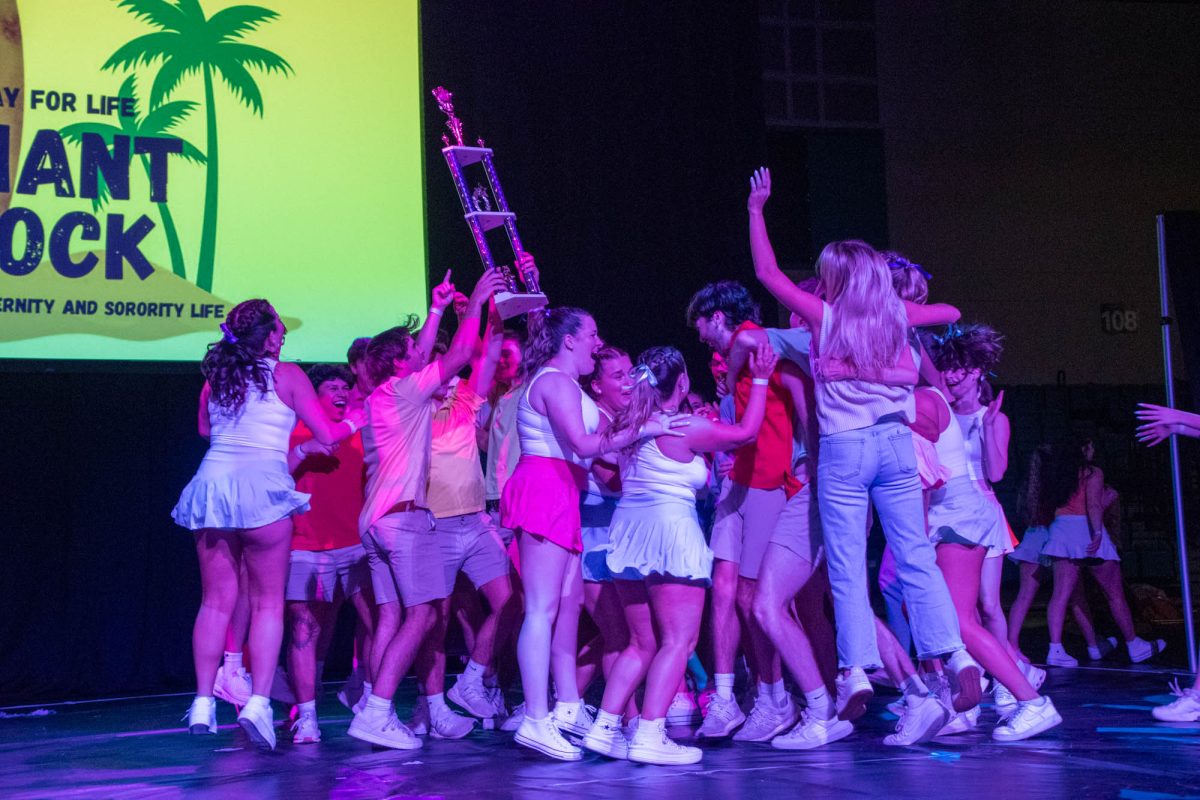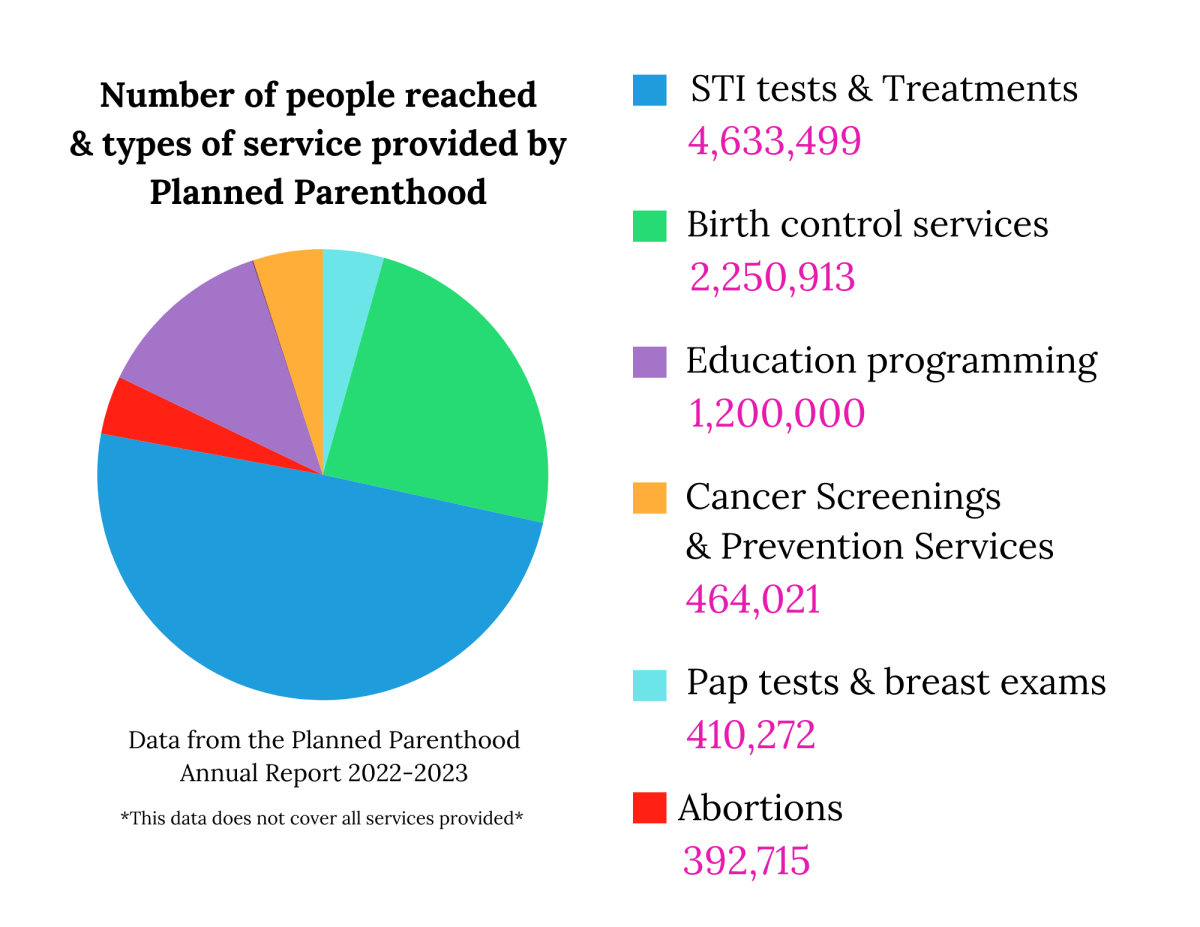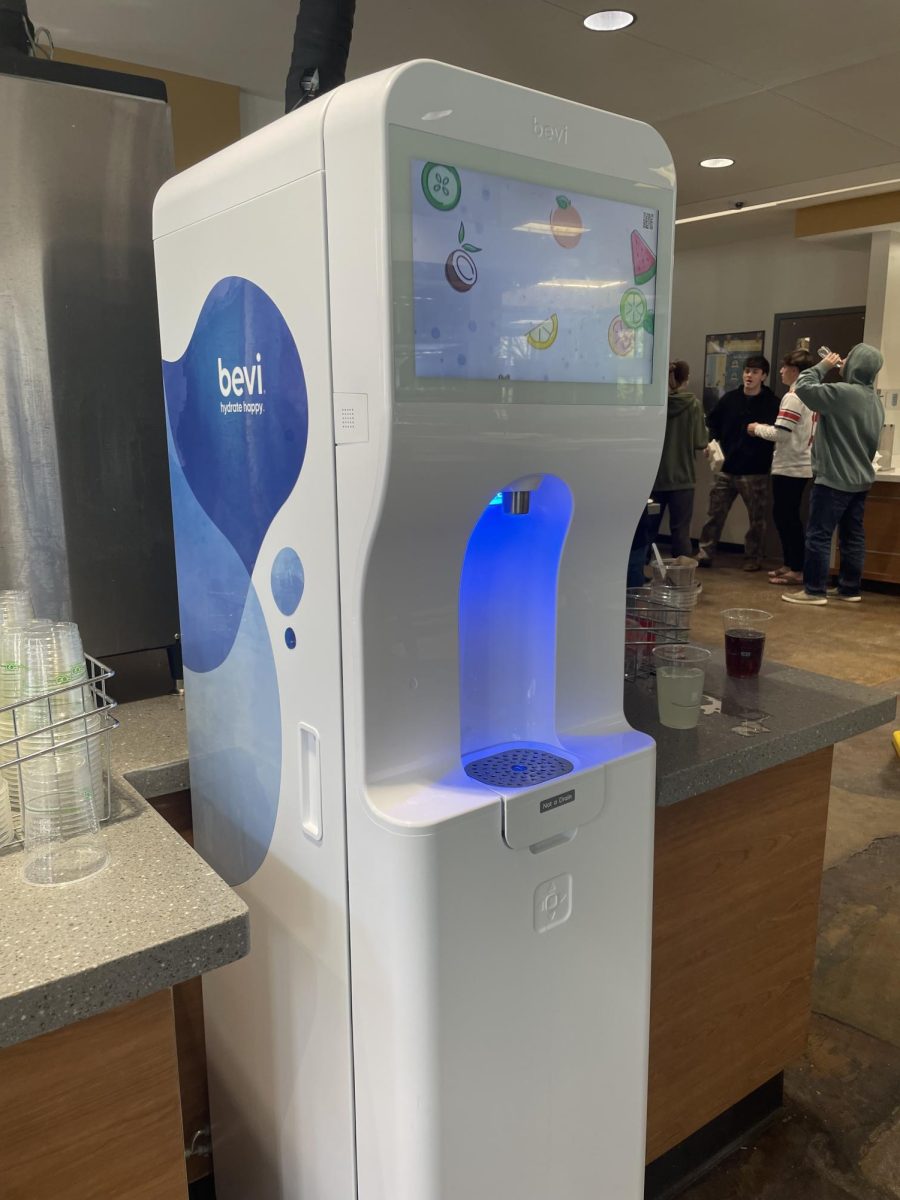Box office battle
“Puss in Boots: The Last Wish” unexpectedly performed well in theaters despite critics believing “Avatar: The Way of Water” would shred every competing movie.
DreamWorks’ Puss in Boots franchise and Disney’s Avatar franchise both released their second films after nearly 10 years just a week apart. After announcing the second film for Puss in Boots, critics did not expect a significant performance due to Avatar’s success and the poor reputation the first movie received. The first Puss in Boots movie, released in 2011, left many fans unimpressed by the mediocre and forgettable plot, resulting in its poor performance.
“Puss In Boots: The Last Wish” was projected to only earn $25 to $30 million. However, it has hit $556 million worldwide since its release and has a 97% on Rotten Tomatoes, trumping the newest Avatar movie at 77%.
Puss in Boots creators completely reanimated their style, incorporating 2D and 3D elements, best compared to resemble “Spider-Man: Into the Spider-Verse.” This change complemented the protagonist feline like never before by the action scenes which showcased his fearlessness and how he plunges himself towards danger.
On top of improving the visual delivery, “Puss in Boots: The Last Wish” delivered an emotionally connected story and one of the best plots of all time anyone could follow along to, regardless if they watched the first movie or not.
For context, Puss in Boots is a rogue criminal who is commonly known for his camaraderie in the “Shrek” movies. He serves the greater good of citizens and holds a reputation of being a legend who does not fear anything and will gamble his life.
After performing to a crowd and fighting a monster, he dies and discovers he is on his ninth and last life. After hearing of a star that could grant a wish to its finder, Puss in Boots decides to risk his last life if it means he can regain his lives and preserve himself as a legend. Other characters search alongside him for the star to make their own wishes.
As the story progresses, the plot teaches the sanctity of one’s life and how everyone is fortunate despite their hardships or situations. It shows the importance of not taking life or its experiences for granted. It pushes audience members to face complex ideas like how death will come at the appropriate timing, how it should not be feared, and it is inevitable.
Although it is simply a PG-rated film, it depicts how everyone has a purpose along with people they care about who make life worth it.
DreamWorks knocked it out of the park when developing all the characters, but exceeded my expectations with two particular characters: one of the most ruthless Dreamwork villains of all time and the most precious supporting character.
One scene in particular addresses how to respond to one’s psychological or physical needs to a child-friendly level, helping children understand issues such as anxiety, accommodations, and how it looks like to support someone at a time of suffering. Older audiences might relate or resonate with the scene. It was an emotional moment but was my personal favorite.
The movie also catered to older audiences’ interest with nostalgia, action and comedy. Some of the content was enough to make one wonder if the directors wanted to test what all they could incorporate and get away with without losing their rating, but it was creatively accomplished.
Puss in Boots: The Last Wish is a masterpiece and deserves recognition, despite being the underdog. I would recommend this movie to anyone regardless of its rating as it has become one of my favorite movies of all time.


































Wendy White • Jan 30, 2023 at 7:34 pm
Fantastic review! And I agree so much with the way the plot teaches some real life lessons!